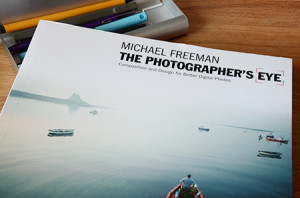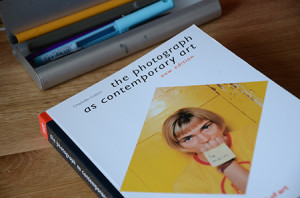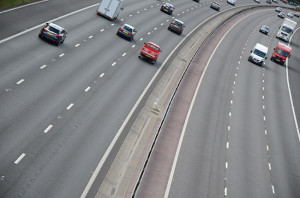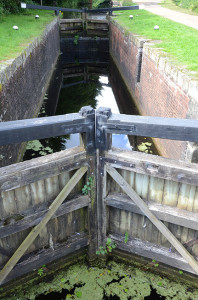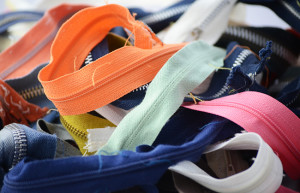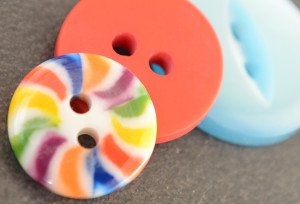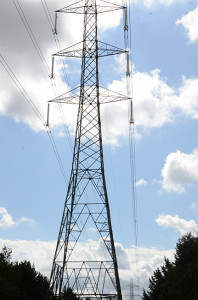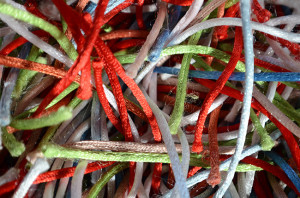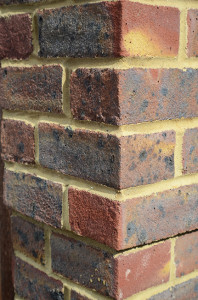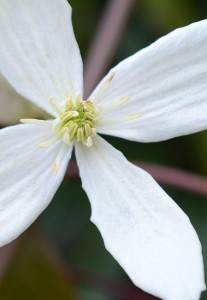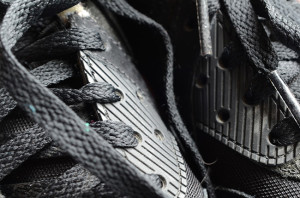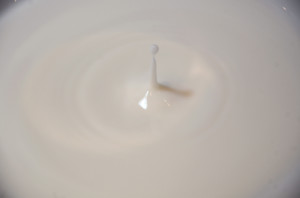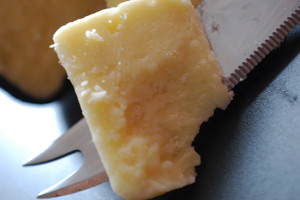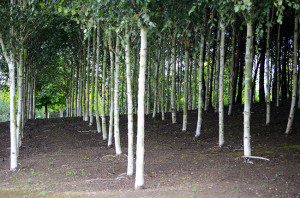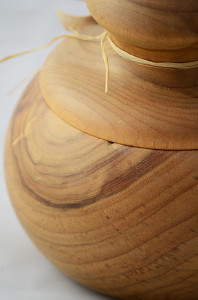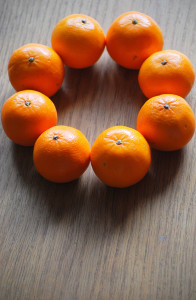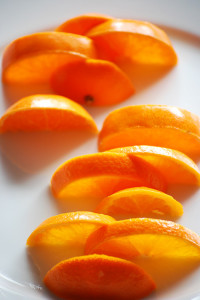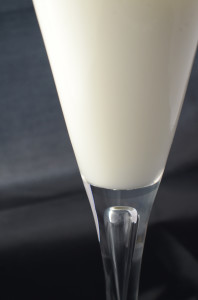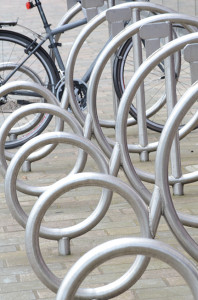16th August
Nearly time to submit my assignment now. I have eight pairs assembled and am relatively pleased with the results. There is no doubt my confidence grew as the ideas and the work progressed.
How did it go?
Technical and visual skills: I worked hard to develop my observational, design and compositional skills in creating these pairings. The more I developed the ideas the more I found I was really looking into the images and seeing issues such as balance and focal points. I tried to incorporate the learning from the initial exercises – different focal lengths and depths of field, lighting, intimate images and wide vistas. I have also come to understand more about what Hunter et al (2012: 3) so eloquently describe as lighting being the language of photography, ‘patterns of light convey information just as surely as spoken words.’ Through developing this series of images I have become more aware of looking at light and thinking about how it conveys the messages I am trying to develop.
Quality of outcomes: I think the contrasting pairs improved over time and I was definitely getting into my stride by the end. They are presented in chronological order from more or less the first to the last shoot, although there was inevitably some iteration on the way as I changed different elements or built on an idea. I think the strongest pair is continuous/intermittent. I think it is an interesting interpretation of the concepts and the images are quite strong because of their use of colour, light and balance. The weakest pairing is possibly hard/soft as it is one of the most literal and neither image has a specific point of focus, they are both reliant on colour and texture for their interest.
Demonstration of creativity: I think I have demonstrated a degree of creativity in developing my own interpretation of the concepts and ideas. I deliberately tried out techniques I had not used before such as the dripping liquid and using the light tent. I also made sure I experimented with scale, lighting, colour and depth of field. I feel I am starting to develop my own voice, something perhaps playful, tongue in cheek even a little quirky and I’d like to see this develop more as I build my confidence.
Context: I have done some research in the last few months but possibly not as much as I would have liked. Looking at a variety of work, even if only in reproduction/on the Internet has proved very helpful – particularly the likes of Chris Nash, Anne Zahalka and Marion Drew.
I have tried to reflect as close to the event as possible and build my fieldbook but I have struggled with loading it online. It has all sat in a neat pile waiting to be loaded up leaving me with a lot to do at once.
Overall, I think I am happy with what I have achieved. It is my first attempt at a small body of work structured around a theme and I enjoyed the process of building up the ideas and executing them. Inevitably, some ideas were better than others and some of the execution is more accomplished than others.
What have I learnt?
- Time is needed to let the ideas emerge and build my technical ability – more time than I might have thought
- I still carry a bit of mentality probably inherited from the days of film that you don’t take too many images. In both the oranges pair and ‘liquid/solid’ I took far more photos than I would normally do and this helped me have a wider choice of what to include
- My confidence has grown across the last few weeks as I found I could start to execute the kind of images I was looking for
- I definitely have a preference for close-up and detailed work but need to be careful to develop a wide range of approaches
- I am more comfortable with taking the camera off its ‘auto’ setting and playing with shutter speed and aperture manually. I still don’t always know which way to adjust to get the effect that I want but I am now very happy with experimenting
In terms of taking my learning forward I am becoming increasingly more conscious of framing and thinking through/about the image that I am looking for. I need to develop my technical skills further both with the camera and Photoshop so I can get closer to what I want more quickly. I also think I need to know when to take time and when to speed up dependent on the nature of the shots I am taking. I have been encouraged by Hunter et al’s (2012) notion of getting to a point where you can recognise when your camera is helping and when it is hindering.
Reference:
Hunter, F., Biver, S., & Fuqua, P. (2012). Light Science & Magic: an introduction to photographic lighting (4th ed.). London: Elsevier.
